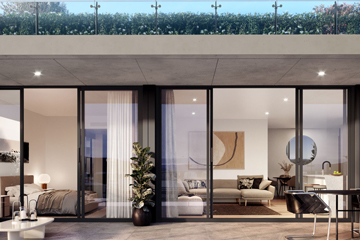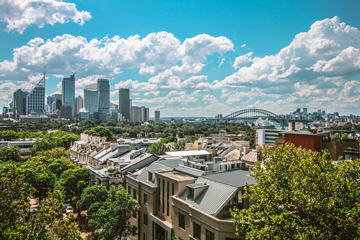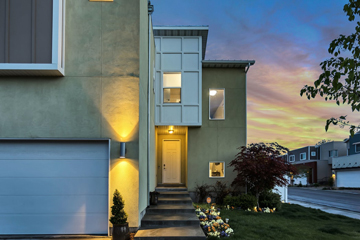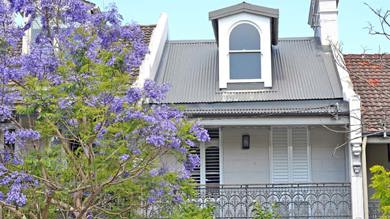
Wait or jump - the pros and cons of getting into the property market ASAP
If you’re thinking of taking the plunge into the property market soon, there are many things you have to consider.
Wait or jump - the pros and cons of getting into the property market ASAP
If you’re thinking of taking the plunge into the property market soon, there are many things you have to consider.
2020 has been an interesting year (to say the least) with a lot of economic uncertainty – and the property market is no different. If you’ve been wondering if now is the moment to take your first steps into real estate, there is a lot to consider.
REA Group’s executive manager of economic research, Cameron Kusher, says there are reasons for and against taking the plunge right now – it all depends on your circumstances.
Jump:
Low rates
“The cost of borrowing has never been cheaper than it is currently,” Kusher declares.
The RBA announced in November it would cut the official cash rate from 0.25% to a new record low of 0.10%.

Picture: realestate.com.au/buy
Perhaps a brand new apartment in Canberra could be a great place to start your property portfolio.
“These low rates mean that the interest component of your mortgage is much lower, which means your overall repayments are going to be less,” Kusher adds.
Incentives galore
First home buyer grants, stamp duty concessions, the First Home Loan Deposit Scheme, HomeBuilder grants – the list goes on. It’s a great time to save money on a property purchase, especially as a first-time buyer.
Notably, the government announced in its 2020-21 federal budget that it would continue the First Home Loan Deposit Scheme which allows eligible first home buyers to purchase property with a 5% deposit without taking up Lender’s Mortgage Insurance (LMI). The catch is the scheme is limited to 10,000 spots, with an additional 10,000 announced in the budget for new builds only. It’s also worth researching the grants and incentives for first home buyers available in your state or territory as they can differ around the country.
Living solo in the city
Inner city markets are typically dominated by investors, but the rental market has taken a hit due to fewer migrants, tourists and international students, Kusher explains.

Picture: Belle Co
There are a number of inner city studios going for a steal.
“However, if you want to live in a one bedroom apartment in the city, it could be a great time to buy one,” he adds. “You’re going to find some decent prices at the moment.”
So while investors have taken a backseat in the apartment market, it could be a great time for single, city-dwellers to take the property plunge.
Wait:
Economic uncertainty
Australia is in a recession, which means there is a degree of uncertainty about the financial futures of many.
“The government support measures that have been put into place, like JobKeeper and JobSeeker, are going to be tapered,” Kusher says. “That’s when you might see the real impact of the recession.
“I don’t suspect that the recession is going to get a lot worse, but some of those support measures being removed will mean unemployment rate goes up, some businesses may go out of business, some people will lose their jobs. We haven’t seen too much of that yet, but that could start to happen soon.”
Rates may rise
Yes, low rates are a great for now. However, they could go up at some point over the timeline of your mortgage. You will need to consider if you can repay your loan in several years’ time at a higher interest rate (unless you opt for a fixed rate).

Picture: Brian Babb
Consider what you can afford in the long term and don’t stretch yourself too thin.
“It’s really only up from here,” Kusher begins. “However, this is still likely a number of years away.”
“RBA [the Reserve Bank of Australia] said it’s not going to lift rates until the unemployment rate is on its way to full employment – which most think is below 5% – and inflation is comfortably within the 2-3% band. At the absolute earliest, that’s not expected to happen until 2024.”
Personal finances
The main reason to avoid buying now could be that you’re just not financially ready. Be sure you can really afford your mortgage without stretching yourself too thin. Just because it’s a good time to buy, it doesn’t mean it’s a good time for you to buy.
“Buying your first home is a big responsibility and you also don’t want to destroy your lifestyle and not be able to do things you enjoy,” Kusher says. “People still need to think hard about the sacrifices they’re willing to make to get into the market. Although there are plenty of incentives right now, if you’re not willing to make certain sacrifices, it might be better to save your money and wait.”
Originally published on realestate.com.au as ‘Wait or jump: The pros and cons of getting into the property market ASAP’ on realestate.com.au.


